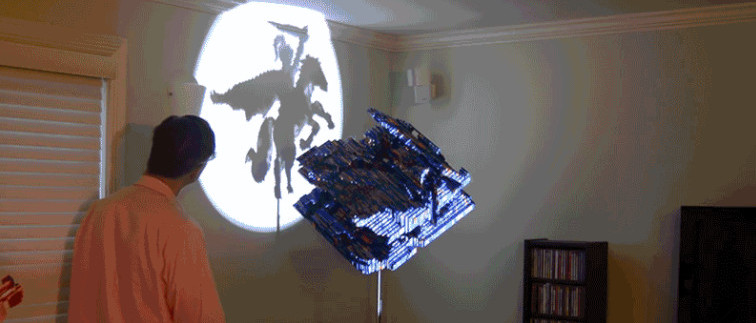
I am pretty sure that most of you want to know how to improve your creative muscle. And not knowing what to build out of LEGO – even while having the right bricks – can be a real downer. I get it. But what are you doing waiting around and moping for?
Stop wondering and get building! All kidding (mostly!) aside, it is understandable to encounter moments when tiredness, boredom, or busyness makes your imaginative muscles simply grumble back… grumpily.
Again, I get it.
Between schoolwork, chores, housework, family matters, working, or whatever else it may be that is charging you an arm, leg, head – the whole kit and caboodle – probably the last thing on your mind is playing with LEGO… Or, it may be the first thing. It just depends on how well you have your priorities straightened out, if you get my drift (wink).
I want to walk you through some of the ways you can find the asset that has gone MIA in your LEGO building: your imagination.
What Can LEGO Be Used For?
Short answer: lots!
But you cheeky readers are probably interested in more than that. Very well, I’m here for it.
The long answer is that LEGO can be used for anything you want. Many of you likely already know the applications LEGO has found in STEM/STEAM, in art, in education, in DIY, in fandoms… so the potential is quite limitless. That is part of the glory of the LEGO product and brand – it is truly a timeless toy and imaginative tool that facilitates closing the gap between creative day-dream and reality.
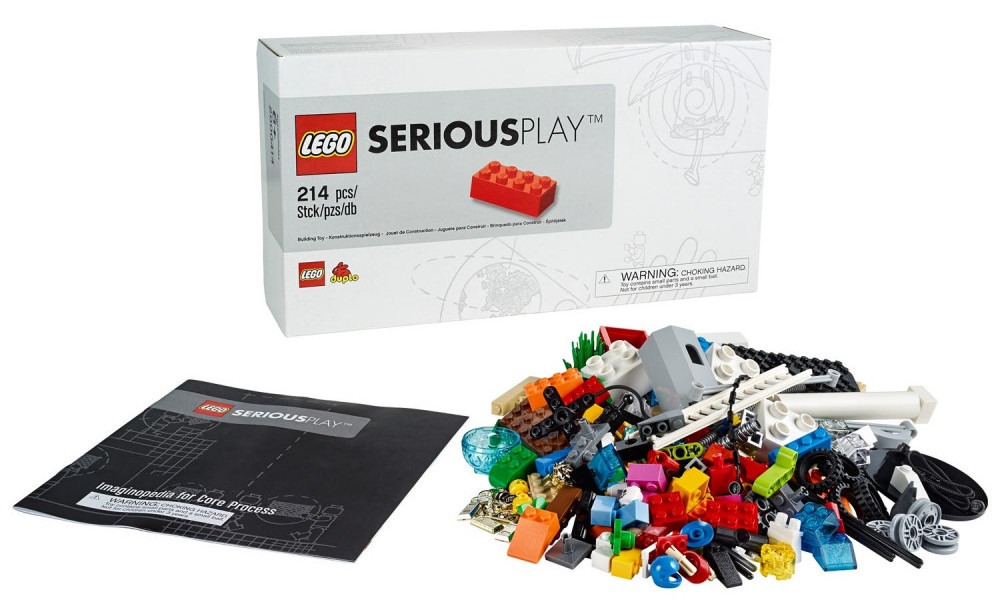
You can use LEGO as seriously or as playfully as you like. The only real constraint is your ability to circumvent the mechanical limitations of the ABS plastic bricks themselves.
Do you want to make something functional, that could be used for organization or storage? Seek out large, specialized pieces, cones, slopes, dishes, and small connector pieces to hold your structure together. Even small to medium-sized LEGO sets currently in production can include a well-rounded selection of parts to repurpose. So just go in to your shopping with an eye for what YOU want to make, and collect accordingly.
If you’re thinking about strength and stability – alright you engineers crowding round in the back – LEGO Technic also readily facilitates the creation of reinforced and structurally sturdy builds.
Beams, axles, Technic bricks, and ratcheted parts will be your bread and butter!
Technic structures may not always be the prettiest, but again, the only constraint is your imagination when it comes to customization of your under-structure. BIONICLE pieces can add nice shadows and detail (“greebling”) to creations, especially if you’re going for a monochromatic look!
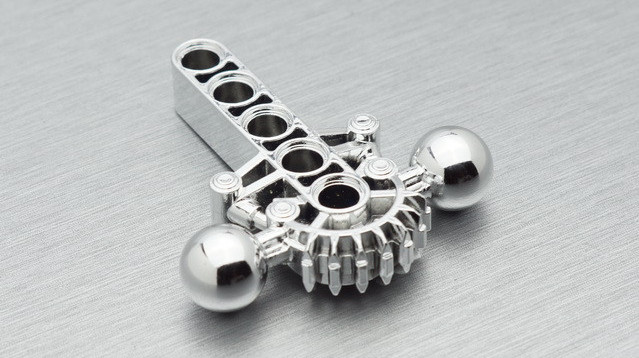
Speaking of which, do you want to add a decorative item to a space? LEGO building provides an outstanding opportunity to not only create a décor item, but to later customize it, or alter it completely based on season, taste, or environment. Give it a shot!
And if at the end of your building session, you throw up your arms in exasperated defeat – no need. If you don’t know what you just made, call it an “abstract expression of your artistic motif” and you’ll be just fine.
By the way, you LEGO experts and master builders and AFOLs over there – don’t gawk! Remembering how you started and found your own way of doing things is all part of the fun.
So You Got Yourself a LEGO Set! What to Build?
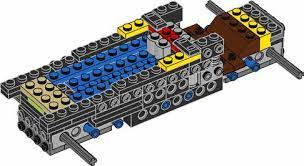
Have a hankering to go beyond the instruction booklet? Ever had a LEGO set sitting around, not being touched for a while, or even got a new set that you just want to do something more with? This is the perfect opportunity to break the set back into pieces and play around freely and tinker aimlessly.
Day-dream as much as you want. But even if you have the means to go out and get the set that would make your daydream a reality, first use what you have.
That was the only option I had as a little LEGO Maniac, so it was not self-imposed. Nevertheless, it primed my imagination and contributed to the glee, satisfaction, and “readiness” to build – and build and re-build again – once I finally did get a new set. Each set became fully incorporated into my existing collection, and “worn out”, if you will.
Once you “wear out” (hopefully not literally) your own selection of LEGO pieces, consider sizing up. Get another incrementally larger/different set. These days, piece count may not necessarily mean that a set is larger. Currently, larger sets typically have many more small pieces than in the past.
So instead of just going by appearance or piece count, perhaps look at the kinds of pieces you have at the moment and then get a set that has larger/smaller parts – or parts that are simply different than your current selection.
Of course there are other ways to get pieces for your building collection, but for now, I’m focusing on the fun of getting actual LEGO sets and kits. Especially if you are new, there is just something more memorable and organic about building, breaking down, and re-building from a prepackaged set rather than a carefully curated grab-bag of pieces.
Check out my post about shopping for LEGO online!
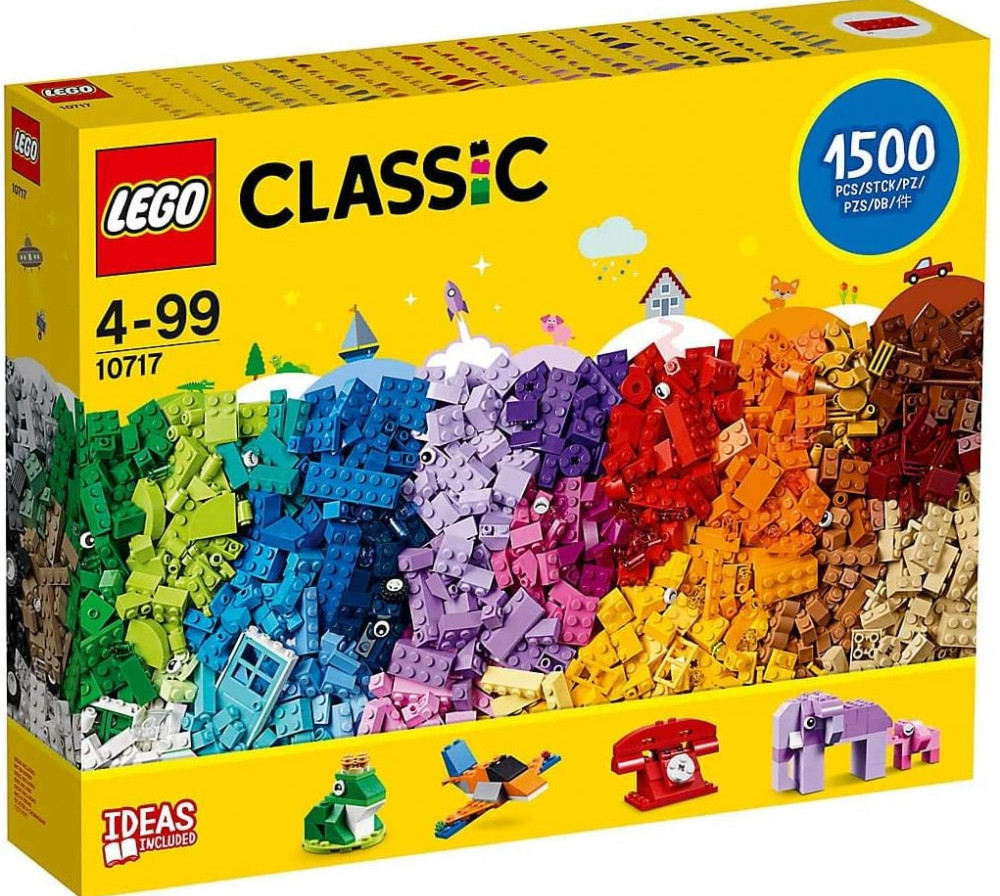
A PSA About Your LEGO Collection.
A Quick Note on SORTING Your LEGO.
Sorting and storing could very well be part of the fun that gets you in the mood to stop and build, just sayin’, readers.
As your collection grows (if you let it!), it may become necessary to tidy things up. To avoid clutter as well as losing precious pieces, consider your sorting preferences.
Do you prefer to sort by color, or by the type of piece? You can refer to BrickLink.com’s Parts categorization pages. BrickArchitect.com is another resource. Better yet, come up with your own categories!
Maybe you can sort pieces by favorites?
Or by type of set?
By size (in studs) and type of part?
Or if they are decorated?

If your collection gets to the point of proper “LEGO maniac” proportions (think upwards of 4,000 pieces), it may become more practical to sort into groups of common parts, regardless of color.
Unless you specifically want to spend some minutes digging and sifting through a menagerie of all-white pieces, looking for a single 1×2 slope, you’ll prevent potential hassle. So adjust your sorting as your collection grows.
Organization systems and flowcharts can get incredibly technical and fastidious with some AFOLs (“adult fan of LEGO”) – so don’t get bogged down in the details. Find and go with your flow.
A Quick Note on STORING Your LEGO.
Only you know your storage capacity space limitations and preferences.
Do you want to incorporate your storage container(s) into your building and set display space? Or keep them separate?
The former option is more fun and organic in my humble estimation. In which case, you may consider a drawer unit (Akro-Mils 44 drawer 10144) that can rest in the background, setting upon a table filled with your creations.
Just make sure the drawer is stable and level to avoid a dramatic and spectacular crash and tumble. So consider adding weight in the bottom drawers, or securing it to your surface, or using “earthquake straps“.
Please, spare yourself the existential horror.
For recommendations on shopping for the items above, check out my post about LEGO organizer ideas!
And that concludes my PSA. Continue below to resume your regularly scheduled programming.
Organize Your Thoughts. Get in the LEGO Zone!
So you finished taking apart your set. Now what?
Shuffle the pieces! That’s what I like to do. Enjoy that clickety-clack, jangling sound and the different tactile properties of the variety of bricks in the pile. But if you are pressed for time, it can be more practical to intentionally block out a specific period of time.
For example, maybe set aside a time early in the morning especially for and only to build.
Who knows, maybe it can be something to look forward to getting up for at the start of a day! Set a timer if you need to for discipline, and get building. It may not seem to amount to much the first time. But keep returning and you may be amazed at what happens…
Now, if you’re intent upon thinking about something specific to build, try splitting creation possibilities into categories. Terrestrial structures or machines, geographical, extra-terrestrial ideas, historical or fantastical, practical and functional.
All of these could be a jumping off point.
If you still want to narrow options down further, consider what kind of pieces you would like to build with. Special pieces (propellers, gears, transparent parts, slopes, etc.), or basic building blocks, mono-chromatic or multi-color?
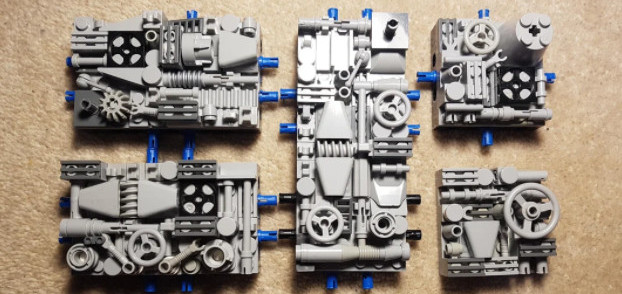
If that is still not good enough for you, perhaps think about the scale of your creation: microscale, mini-figure scale, a combination of those, or a large sculptural build?
If you’re still stuck, well I dunno what to tell you – you’re probably a lost cause. I’m kidding. But no more excuses – get your bricks in order!
Find LEGO Inspiration for What to Build Out of LEGO.
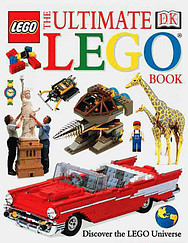
Another strategy that can help break a building and creative stalemate is getting inspired by other builders. The LEGO Ideas Book: Unlock Your Imagination as well as The Ultimate LEGO Book are two nostalgic, builder-friendly, and fun inspiration books to keep around. Feel free to review this post about mind-bending and inspirational LEGO books.
Even for advanced and experienced LEGO builders who have “been there done that”, it can be helpful to see a simple (even outdated) building style or technique and think of new ways to use it. Start simple and build on that base!
Needless to say, LEGO MOCs (“my own creation”) are hugely prolific online. With a tentative search, you can find most anything ranging from LEGO art and giant LEGO sculptures to microscale dioramas and brilliantly photographed scenes and theme derivatives. Fair warning to be careful of this rabbit hole!
But there should come a point when you put the screen away, close the book for a few minutes, and run with the idea that you’ve got and the bricks and pieces within finger’s reach! You can learn by copying other skilled builders.
But it is much more satisfying to identify the fundamental building technique, how to reproduce it, and then branch out on your own.

Off You Go on Your Master Building Quest!
You should know by now, but it bears repeating – LEGO building is endlessly fun. With a pile of bricks and a willingness to tinker around, anything is possible! Who knows what uncharted waters you may be swept off to…
Get ready to be an explorer, an adventurer, a conquistador! Before you know it, you could well be on your way to becoming another LEGO master.
Regardless of you age or skill level, dynamic opportunities abound to get creative with LEGO. If you’re an experienced builder, it really can be amusing to remember how your skill developed and to be able to know best how to inspire new builders.
If you’re new to LEGO, you have a lot of fun ahead as you find your favorite building style and lean into it. Don’t feel like you have to be intentional about everything you build – wander around, experiment, trip over a few bricks if need be! (Just don’t step on any – YEOWCH!)
Happy building, maniacs. }B^ ]
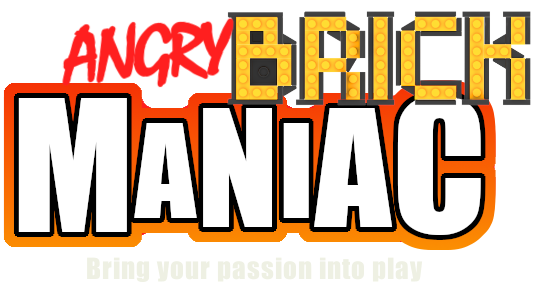
I did not realize this until I read your article, that Lego is something for all ages. I can see that Lego evolved significantly since I used it as a child in the sixties…of the last century. The possibilities seem to be endless nowadays. If you already know what you are going to build, how can you ensure that you buy the right type and number of bricks? Thanks for this very interesting article.
Hi Jerry, thanks for you comments, and glad you found this interesting. Maybe you’ll find the occasion to pick up some LEGO building again – who knows!
Your question is a tough one to answer, so let’s see. I would say that it would take a deal of trial and error, especially for a builder who has recently come back to LEGO.
If you want to build a house for example, try to break it up in your mind into segments and visualize what each segment would need in order to be built – slopes? Standard bricks? Tiles? Arches? Baseplates? Hinges? Etc etc. Then comes the trial and error to find what works best!
You can look up specific pieces that – when put together – could approximate what you have in mind to build. Sites like BrickLink and BrickArchitect are very useful for this very purpose – looking at types of bricks.